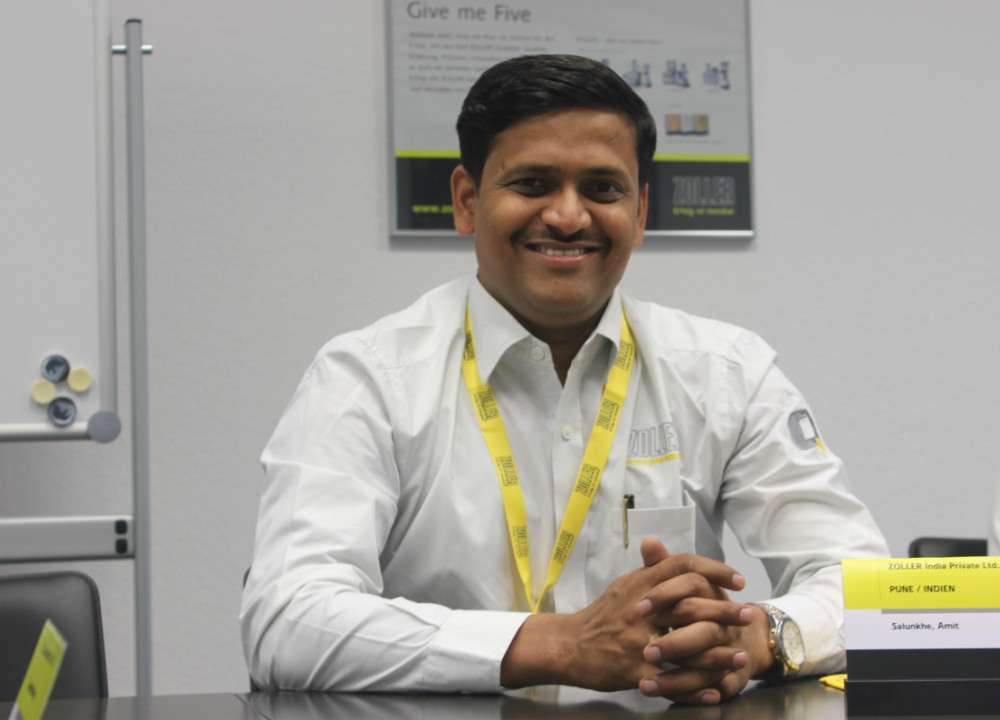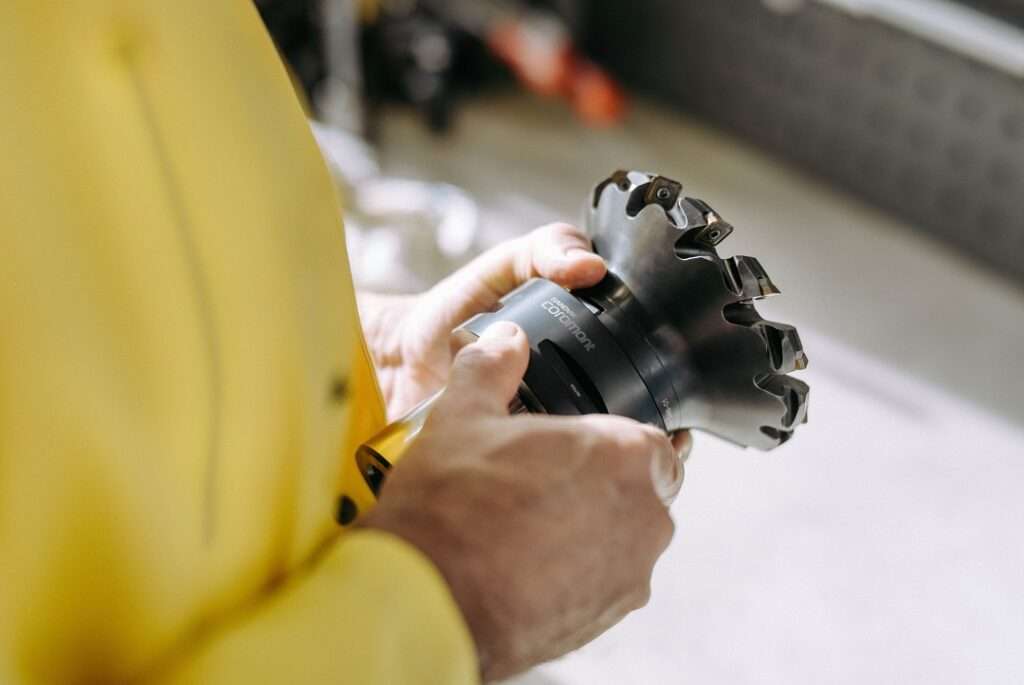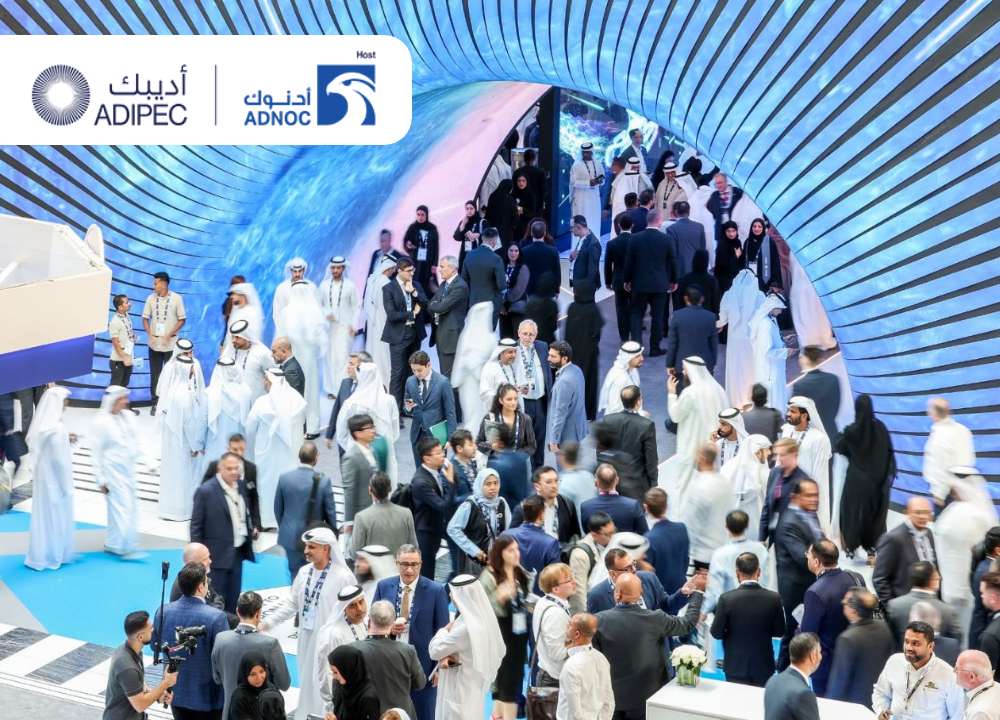Helping process industries worldwide live its piped dreams of growth is Chemical Process Piping Pvt Ltd that came about in 2005 with Mr. Vijay Rajpurohit at its helm as its Managing Director. An off-shoot of Chemical Process Equipments P Ltd of Mumbai that was started in the year 1964 by his father Mr B.S. Rajpurohit, in all they have close to six decades of sinuous experience in the field. In the field of FRP pipe making and installation, CPP is the country’s biggest and most prolific producer and exporter. Besides FRP piping, they are also one of the country’s biggest in GRE pipes, thermoplastic lined FRP, PVC FRP, PV FRP and GRE epoxy piping for dual solutions in industries as far apart as chemicals, power, oil and gas, desalination, water treatment, to mention the more important ones where they are known for their prowess in providing end-to-end solutions in pipes, fitting, stacks and headers.

In close to two decades of their independent existence, CPP has notched up impressive numbers and creations within and outside the country. If entities are an indication, they serve the likes of Grasim, Nirma, Tata Chemical and GSCL in chlor Alkali piping with even a wet chlorine evacuation at 92°centigrade, a highly hazardous and caustic environmental undertaking. In the area of soda-ash piping, their clientele includes the likes of Gujarat Heavy Chemicals.
Desalination sees their acumen being put to formidable use within and outside India where they routinely tie-up with the world’s biggest EPC contractors and tech suppliers. They were instrumental in the setting up of Singapore’s 1st ever plant, another for Degremont in Paris, one at Melbourne in Australia- the biggest at 440 MLD that stretched CPP’s capacities to the limit. They have also provided piping solutions to GE, Siemens Water, Abengoa and more.
World-leaders in flue gas desulphurization piping for the power industry, their solutions have brought accolades from projects far apart as Germany, Israel, Vietnam and these days even in India. Bangladesh saw them build Asia’s largest FRP stack liner structure at Khulna for Bangladesh Power Development Board that has a height of 245 meters, and diameter of 7.6 meters. There are plans for another such structure in the near future.
If the past is any indication, CPP’s future too would be significant in terms of their services and their clientele. Appreciative of India’s efforts to grow to GDP USD 5 trillion, Mr Rajpurohit sees drastic change in India’s economic scenario with capacities being built for needs within and outside the country. He sees the entry of the Aditya Birla group in caustic soda production and Adani in copper smelting and caustic soda as heartening signs of growth. Where individual projects just a few decades back had capacities in the range of 100 TPD, it’s now 600-800 TPD. This, he says, shall be the trend for the future with bigger capacities and needs defining industry. On their part, they are ready for the future with newer technologies for every sector including oil and gas where they plan to introduce ultra-high-pressure piping that can handle up to 300 bars- a 15-fold increase over the present. Add to this would be high temperatures piping that cater to temperatures in the range of 200°celsius- a big, big increase over the present 99°.

Speaking of industry and growth, Mr. Rajpurohit has great admiration for the Germans whom he holds in high esteem having worked with the likes of Lurgi and TUV, world-leaders in their respective fields. Germany in fact has been responsible for CPP’s phenomenal growth supplying the latter everything from tools, machine, technology, and know-how in plastics to keep them way above competition. A measure of CPP’s success can be seen from the fact that they now supply things to Germany!
Any conversation about Germany is incomplete without an inadvertent comparison with India! While apprenticeship in Germany with their penchant for detailing continues for well over a year that includes imparting necessary skills, knowledge of the industry and close interaction with industry experts, India does much less in much less the time of just a few months leaving a lot to be desired. Coming ill-prepared into the industry that does not provide the right tools and systems, Indians as a rule bend towards Jugaad and somehow pass muster. The same was the case at CPP’s end with fields including FRP, a niche market with very few trained people. The absence of FRP moulders, fitters, laminators and welders saw them use their own resources to train an army for their own use though they would much rather have an external agency and some university program doing the same.
That said, says Mr Rajpurohit the training and apprenticeship scenario in India too is changing with companies investing in training modules, bringing in experts to train the workforce, and more. India, he adds, is changing and we are quite capable of creating industry-ready engineers with India attracting capacities in steel production, high-end steel fabrication and more. Having the right training and the proper tools is something we should imbibe from the Germans, he concludes.
With a head-count approximating 800 that’s spread over their plants at Baroda and Khopoli and their sites all over India and abroad in South Asia and Middle East, they are looking closely at the oil and gas, and power sectors as their future growth areas. They plan to use the latest technologies to bring in higher production, fast turnarounds and larger fabrications in these industries. In absolute numbers, they are looking at a 25% growth this fiscal from Rs. 190 crores to Rs. 230 crores and by 2024, Rs.300 crores. They would also register their presence in the lucrative markets of South America.
None of this is a piped dream. CPP has been there, done it, and found stupendous success. And if that’s any indication, the future too would be like the brightly lit end of a wide, wide pipe that delivers more than its share of products and consequent prosperity!







